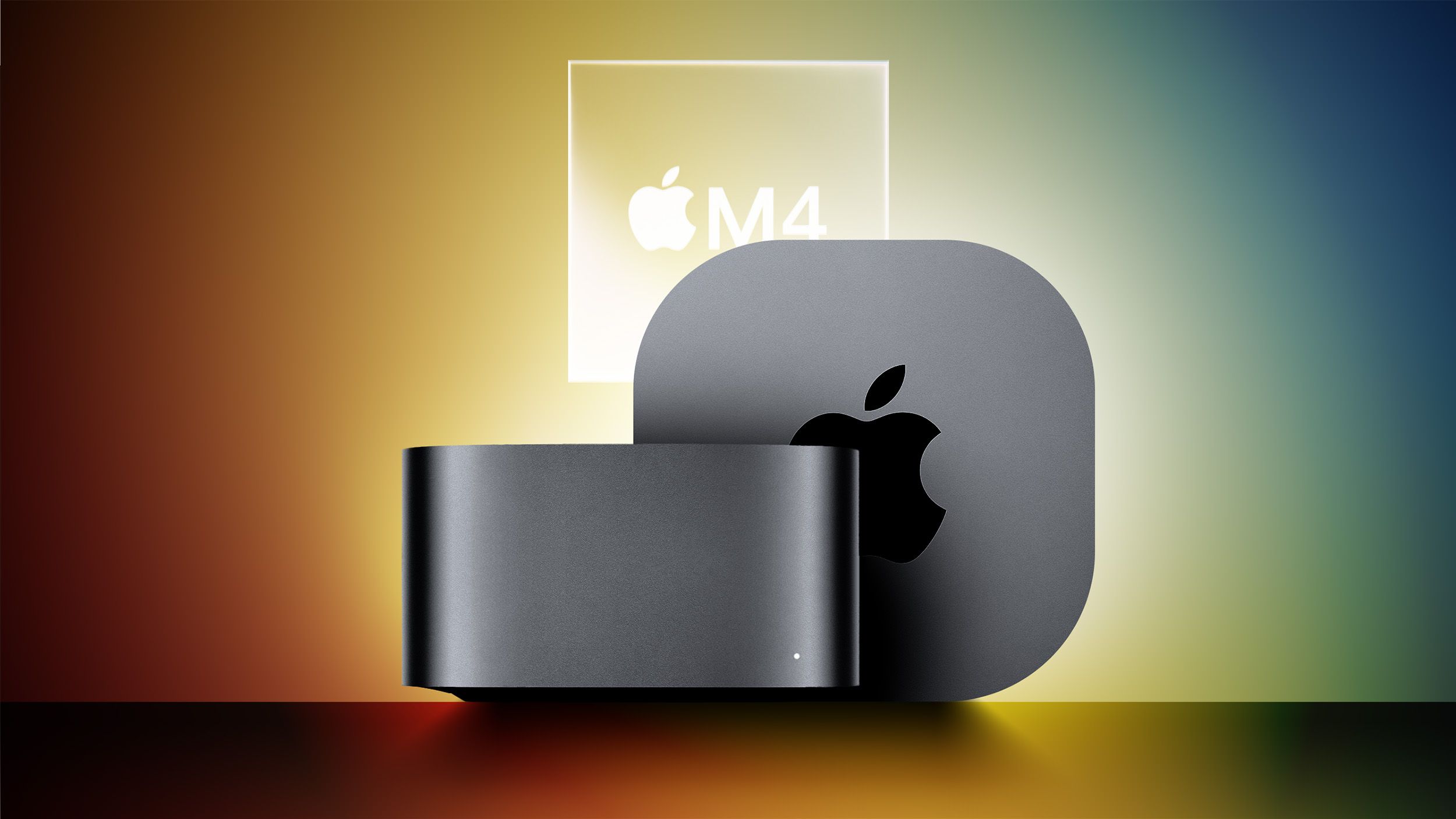Well, I'm not going to mount a defence of what Apple are or aren't rumoured to be doing with the Mini - I like the form factor of the current box
Sure - the rumour is still just that, but Gurman et. al. are starting to get quite specific. Completely agree that the existing general design is "ain't broke - don't fix" except maybe for a plastic wireless window.
If the PSU is again built in it seems to me that Apple have found a way to miniaturise it - possibly making it cheaper?
There seem to be some nice ultra-compact GaN power supplies now that definitely weren't around in 2018 and probably not in 2020.
The previous rumours all noted that the co-location guys were in on the 2018 Mac mini - surely the co-location guys are not just doing local file server/backup duty - it's surely more competition with Amazon Web Services too.
Actually - I just looked and AWS are offering MacOS instances running on M2 Pro Minis! The primary
application they are talking about is remote MacOS/iOS app development, which makes sense. However, Apple now have their own XCode Cloud service so, yeah, they're in competiton! (of course, there are other iOS development tools out there, although I think MS have now killed off Visual Studio for Mac (Xamarin as was - not to be confused with VS Code). I guess that there were also things like Mac/iDevice "fleet management" but I think there are Linux tools for that, now.
Thing is, since Mac dropped the XServe, there has been no real server-class hardware (high density, redundant PSUs, lights-out management etc.) designed for the data centre and packing Mac Minis into racks is a kludge that only makes sense if you really have to have your service running on a Mac (e.g. building Mac/iDevice software). MacOS
can be a perfectly good server OS - it is Unix, after all - but once you take the Mac UI out of the equation there's not much to choose between MacOS and Linux and you're mostly using the exact same server software which is often
better supported on Linux. Not to mention container systems like Docker, the server-side bits of which
have to run under Linux, even though there may be nice client tools for MacOS... and with Linux you have a huge range of x86 server hardware
and a growing range of energy-efficient ARM server hardware (Amazon have their own server-grade ARM chip). Plus, no restrictions on running multiple VMs under bare-metal hypervisors.
Now this is the meaty bit. If it's true that M4 is capable of supporting 4 USB4 controllers - and that spec includes Thunderbolt 3 - then that explains why we could have between 3-5 USB-C ports. It's what is activated on those ports that should be of interest to us.
Indeed - the Gurman rumour specifically mentioned the M4
Pro Mini having 5 USB-C ports and didn't mention the regular M4. Read as much or as little into that as you will...
From some of the photos of the M4 it looks like there are now 4 USB4/TB4 controllers where there used to be just 2. So maybe even the M4 Mini will get 4 TB4 and 1 USB 3-only USB-C. I'd guess the M4 Pro will still only have 4 TB4 controllers but who knows, if they're handing out extra TB4 controllers you might get 5 full TB4 ports on the pro Mini! OTOH, TB3/4 requires at least 15W power delivery per port which starts to grow the power supply...
AFAIK the HDMI & Ethernet on the current Minis and the SD Card on the Studio hang off spare PCIe and eDP lanes provided by the SoC for internal components in laptops and don't depend on the on-chip TB controllers. There seems to be a spare USB3 controller and internal hub somewhere to drive the extra non-TB USB ports (2 Type A, plus two Type C on the Studio).
That said - this is just one rumour and I'm not 100% convinced about these configurations. 5 USB-C ports with one semi-dedicated to an external USB power brick and nothing else sounds more like the Apple we know and "love". Hope not.




